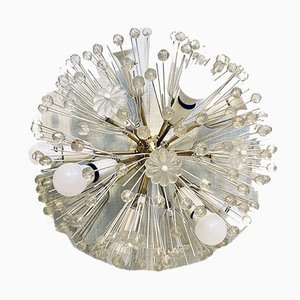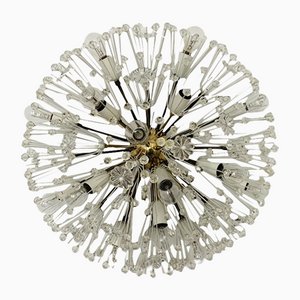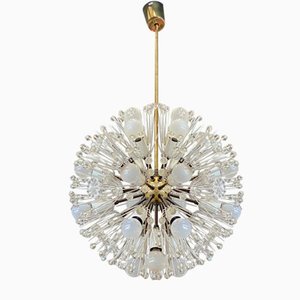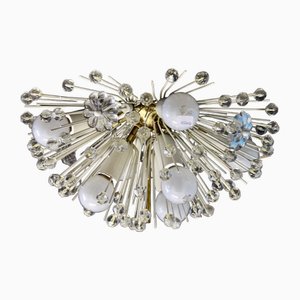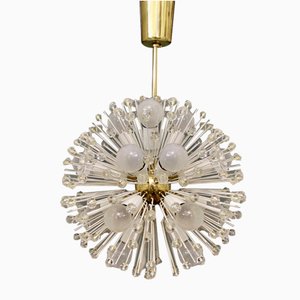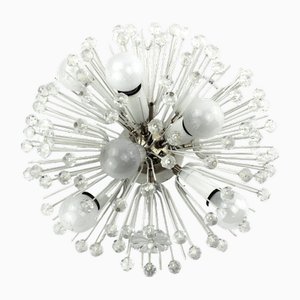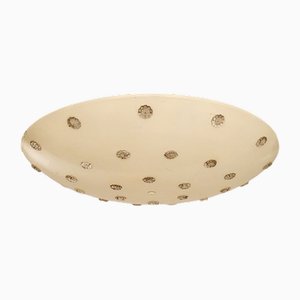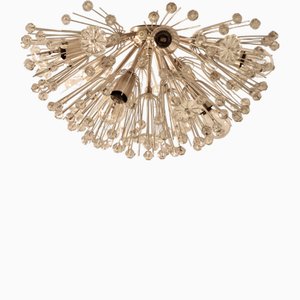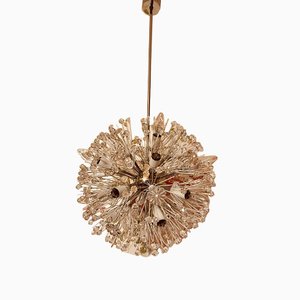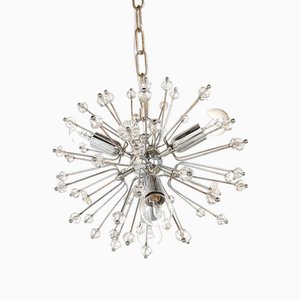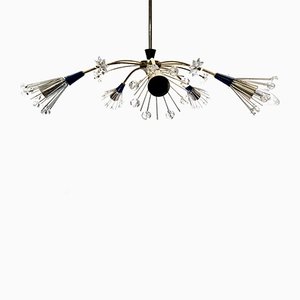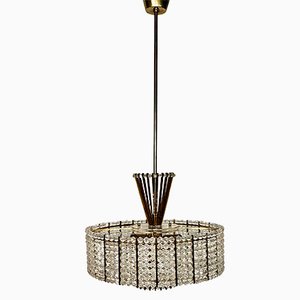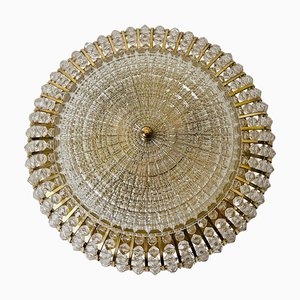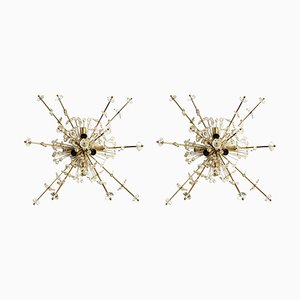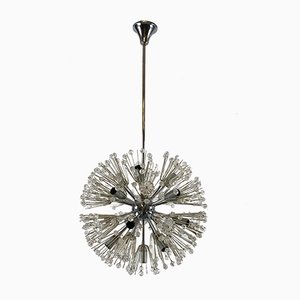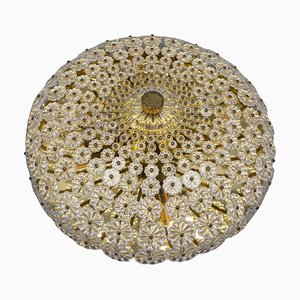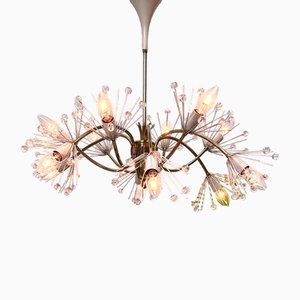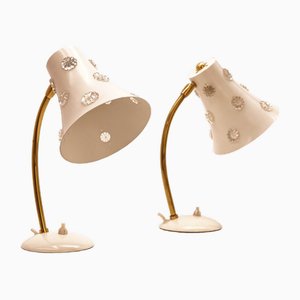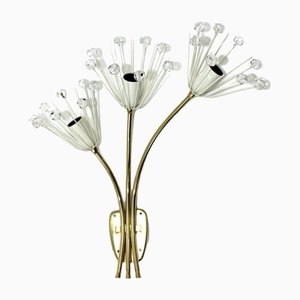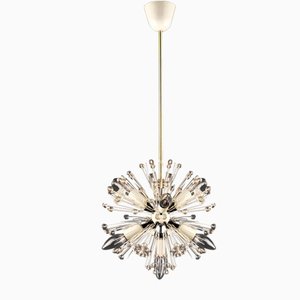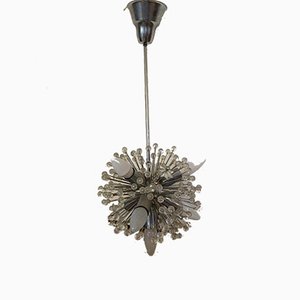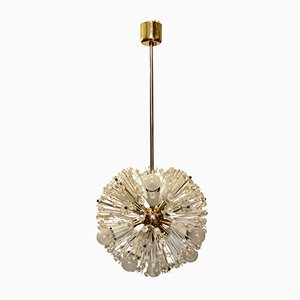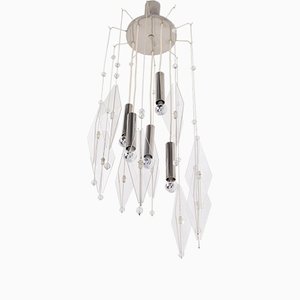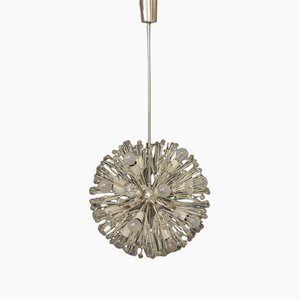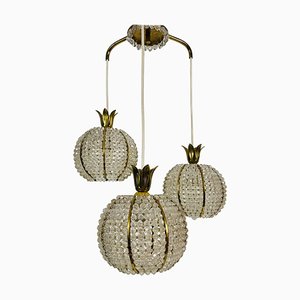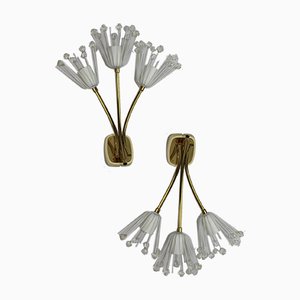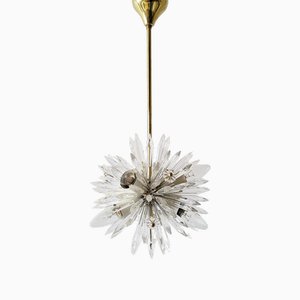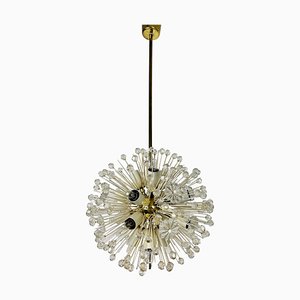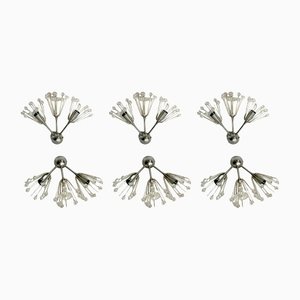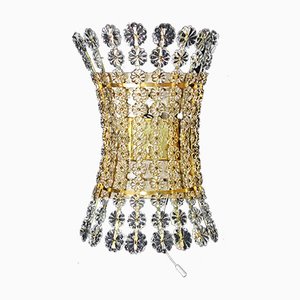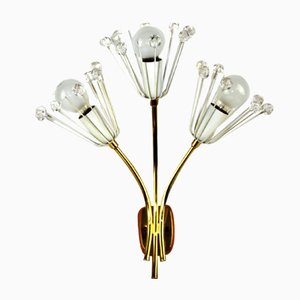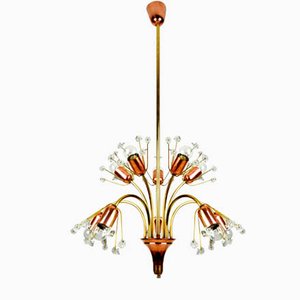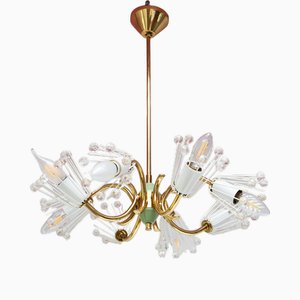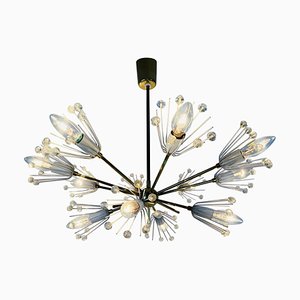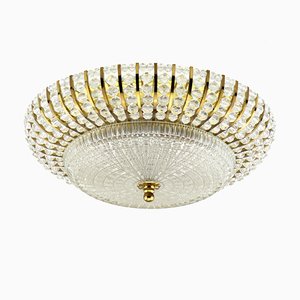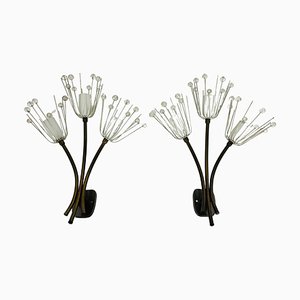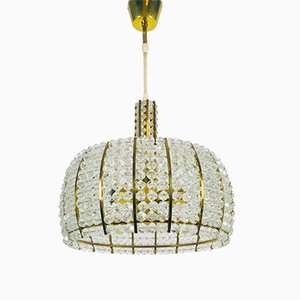
Emil Stejnar is a designer famous for his Space Age era lighting design, however for Stejnar himself, his career in design came second to his passion for all things magic and mystical.
Stejnar was born in Vienna, Austria in 1939 and trained as a gold and silversmith. The study of the stars and the Occult occupied him from an early age, and at the age of 18 he emigrated to Sweden to devote himself to his study. He ran a jewelry workshop during the day, which he continued when he got married and returned to Vienna in 1968. While running his jewelry business, Stejnar was the head of the Institute for Scientific Life Research, and did so for 20 years. He believed that the combination of freemasonry and astrology connected the material to the spiritual world. His hermetic beliefs were published in numerous publications, and Stejnar became well-known in the world of esotericism.
In the 1950s and early 1960s, Emil Stejnar designed several pendant lamps, ceiling lights and sconces for the Viennese lighting manufacturer Rupert Nikoll. Starburst forms and delicate glass sprays are hallmarks of Stejnar’s ceiling lights, the most famous (and replicated) being the Sputnik Lamp. Confusingly, the Sputnik is often referred to as the Dandelion (or Pusteblume in German), and also as the Snowball. Contrasting information from various sources means it is difficult to confirm whether they were originally distinct in design to the Sputnik, or whether they emerged simply as nicknames. Nevertheless, the Sputnik, one of the most celebrated (and replicated) ceiling lamps of the 20th century, is immediately recognizable by its radiating glass flowers that create dancing shadows when lit. It inspired a generation of Space Age era designers to create their own futuristic lamps, yet the golden brass stems and intricate glass details, remind us as much of Stejnar’s devotion to the magic of the cosmos as it does to Space Age lighting design.
Stejnar currently lives in Sweden, preferring to remain outside of the public eye.

